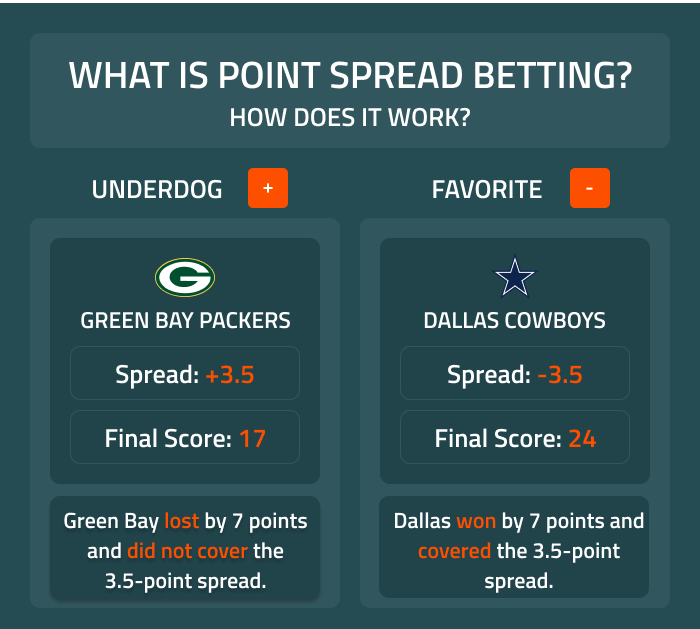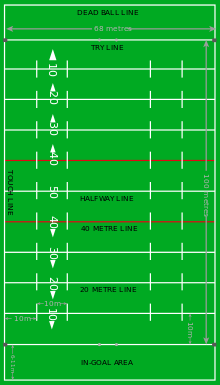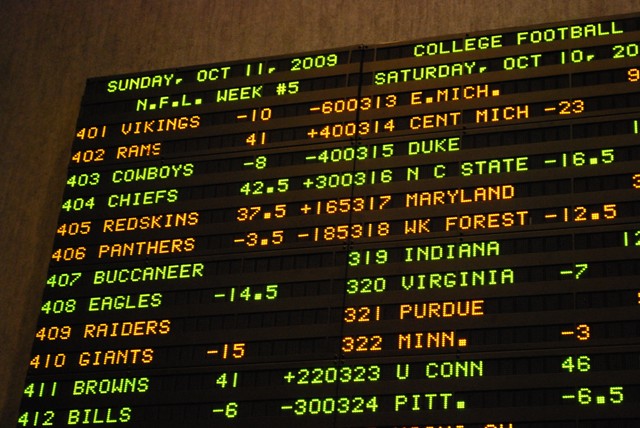What Does The Line Mean In Sports Betting
In the world of sports betting, a money line bet is simply betting on which team you expect to win. It doesn’t have anything to do with a spread. You may also see a money line bet listed as “Money Line” or “ML” in different spaces.
Money lines are represented in negative and positive values.
Negative money line: -145, -220, or anything similar
When you see a minus (-) sign in front of a price, it shows you that team is the favorite to win the game.
What does the last number in the line mean? The last number in the top two rows of our sports line example is known as the money line. If you’re not interested in betting on the point spread, you can wager on a team to win outright. An abbreviation for “ point spread ” or another term for “ line.” The “spread” is the betting line or odds used to determine the parameters for wagering on either the favorite or underdog in a.
- If you do your homework and search across casinos you can find sportsbooks offering what are called ‘reduced juice ’ or ‘nickel lines’. These are lines that the sportsbook will move to a lower “price” of -105. This basically means they’re reducing their commission from 10% to.
- What Line Moves Can Tell Us. After oddsmakers release their opening lines at sportsbooks, the betting public almost immediately reveals which side of the number they like more and moves them accordingly.
That number also indicates how much money you need to bet/spend in order to win $100.
For example, a -220 money line means you need to bet $220 in order to win $100 provided the team you bet on actually does win.

Heavy favorites are known in sports betting as a “chalk” pick. A heavy favorite usually has a number pushing +300 or more. Here, you’re wagering a lot on the favorite to win a little. Don’t assume that a heavy favorite, or chalk pick, is a guaranteed winner…
Positive money line: +145, +220, or anything similar
When you see a plus (+) sign in front of a price, it shows you that team is the underdog. Higher numbers like +400, +500, +5000, etc. represent how much of an underdog the team is in the game. The higher the number the more likely the team is expected to lose in the eyes of the oddsmakers.
The number also indicates how much money would win in comparison to every $100 you wager.
For example, a +150 money line means you would win $150 for each $100 wager you place should that team win the game.
Money line examples:

Lets use an NFL example here:
New England Patriots -240
Miami Dolphins +220
To bet the New England Patriots to win on the money line, you would need to spend $240 on the bet for a chance to win $100 if the Patriots beat the Dolphins. Your return would be $340 – the original $240 stake (bet) and the $100 bet profit.
To bet the Miami Dolphins to win on the money line, you would spend $100 on the bet for a chance to win $220 if the Dolphins, as the underdog, beat the Patriots. Your return would be $320 – the original $100 stake (bet) and the $220 profit.
In both situations, it doesn’t matter if the team you bet on wins by one point or 100 points. You’re purely betting on the team you believe will win the game. As Al Davis said, “Just win, baby.” That’s exactly what you’d be looking for out of your selection. It doesn’t have to be pretty, it just has to happen or your original stake is lost.
As a fan, you don’t care if your team wins by a point or 100. A win is a win, though that 100-point win would be a little easier on the nerves.
In sports betting, how much a team wins by is usually all that matters.
The most popular way to bet for the two most popular sports, basketball and football, is with the point spread, also known as the “side.” Most baseball, hockey and soccer bets are on the moneyline, which is betting on a team to win straight up with adjusted odds. Football and basketball have moneyline bets available too, but most people will take the point spread.
The concept can be a bit confusing if you’ve never dabbled in sports betting before.
Why bet with the point spread?
The point spread was created to attract more action on a game. When the San Francisco 49ers are expected to blow out the Arizona Cardinals, it’s not enticing to lay $300 to win $100 on a moneyline. But when the 49ers are 11-point favorites and each side is -110 odds? That’s much easier.
In that example, the 49ers are spotting the Cardinals 11 points before the game starts, at least for bettors. The 49ers have to win by 12 or more points to cover the spread. If the Cardinals win or lose by 10 or less, that side wins the bet. If the game lands on 11, like a 21-10 49ers win, it’s a push and all bets are refunded. If you see a -11 that means that team is favored, and +11 means you’re taking the underdog.

Nothing sharpens your math skills better than trying to figure out how big your lead as a bettor is if you have a 22.5-point basketball underdog that is losing 90-72.
The problem with the point spread can be when a team — which really doesn’t care that you bet the favorite at -11 — has a 14-point lead but gives up a meaningless score at the end to win by only seven points. They’re still happy with the win. You, as a bettor, are not.
© Provided by Yahoo! Sports Sportsbooks have large boards that display point spreads for all games that day. (AP Photo/John Locher, File)Point spreads lead to bad beats
The most infamous example of a bad beat with the point spread probably came in the 2004 Final Four at the NCAA men’s basketball tournament.
Duke was a 2.5-point underdog against UConn. The Huskies rallied late and took a 79-75 lead on a free throw with 3.2 seconds left. The game itself was over; Duke couldn’t score twice in a few seconds. But Duke guard Chris Duhon pulled up for a running 3-pointer just over the half-court line and banked it in at the buzzer. Duke lost 79-78, but bettors who had Duke and 2.5 points won. March Madness is a huge event for bettors, and reports at the time estimated that Duhon’s “meaningless” shot resulted in a $30 or $40 million swing in Nevada. UConn players celebrated at the final buzzer. UConn bettors doubled over in pain. That’s the difference between betting the moneyline and the point spread.

What Does The Line Mean In Basketball Betting
Baseball and hockey have point spreads too, the “run line” in baseball and “puck line” in hockey. It’s generally 1.5 with odds adjusting accordingly. Taking a big baseball favorite at -1.5 runs can make the odds more palatable. Of course, betting the New York Yankees at -1.5 to bring down the odds from -190 to -110 isn’t too fun when they win 4-3 and you don’t cash a bet.
What Is The Moneyline Mean In Sports Betting
Betting on the point spread is the most common way to wager on sports. And the first time you take a favorite that wins the game but doesn’t cover the spread, you’ll understand every bettor’s heartbreak.